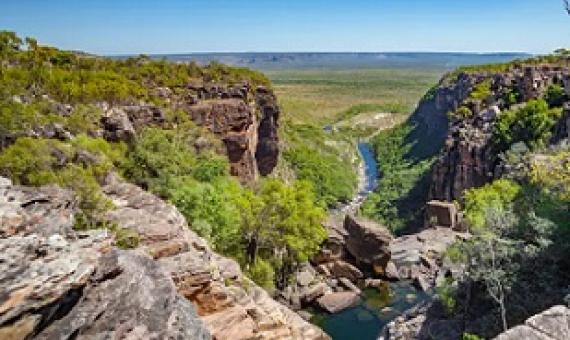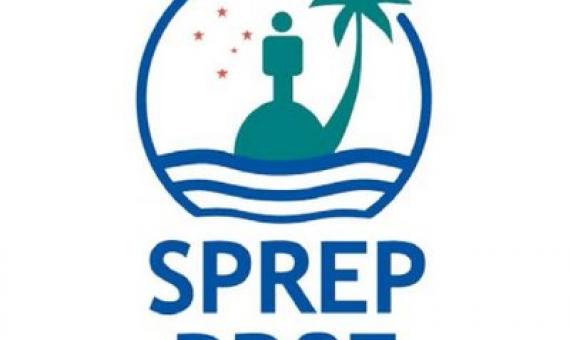Alternatives to marine protected areas could help meet global conservation target by 2030.
Beginning on Main Street and extending to every corner of coastline across the globe, The World Surf League is launching its “30X30” campaign, calling on world leaders to take drastic and immediate action to preserve the ocean...The campaign is partnering with over 60 non-governmental organizatio
The proportion of Earth’s surface designated as “protected” has expanded over the past decade. But new findings show these areas have failed to improve the state of the environment, casting doubt on government commitments to biodiversity conservation.
Protecting 30% of the planet for nature: costs, benefits and economic implications
The current report, based on the work of over 100 economists/scientists, analyses the global economic implications of a 30% PA target for agriculture, forestry, fisheries, and the PA/nature sector itself. (OECMs were only defined by the CBD in 2018, too recently to economically model, but we include a qualitative treatment of them.) n We carried out two analyses: a global financial one (concrete revenues and costs only); and a tropicsfocused economic one (including non-monetary ecosystem service values), for multiple scenarios of how a 30% PA target might be implemented.
Protecting 30% of the planet for nature: costs, benefits and economic implications
The current report, based on the work of over 100 economists/scientists, analyses the global economic implications of a 30% PA target for agriculture, forestry, fisheries, and the PA/nature sector itself. (OECMs were only defined by the CBD in 2018, too recently to economically model, but we include a qualitative treatment of them.) n We carried out two analyses: a global financial one (concrete revenues and costs only); and a tropicsfocused economic one (including non-monetary ecosystem service values), for multiple scenarios of how a 30% PA target might be implemented.
While other nations are using COVID-19 as an excuse to pause, or even roll back, Fiji won’t accept excuses when it comes to the environment.
The unique biodiversity of the world’s oldest island, including its 110 lemur species, remains as imperiled as ever. Though the country has tripled the terrestrial area under protection since 2003, the quality of the protection is inadequate.
The new Aichi Target 11 Dashboard is now featured on Protected Planet. The Aichi Target 11 Dashboard provides a summary of global, regional and national progress on key elements of Target 11.
As the state agency tasked with "managing, conserving and restoring Hawaii's aquatic resources and ecosystems for present and future generations," the Division of Aquatic Resources (DAR) is using the ambitious Marine 30x30 Initiative as a springboard to achieve nearshore management that is place-
SPREP would like to call for tenders from qualified and experienced consultancy firms or individuals who can offer their services in promoting and gauging levels of support by Pacific Island Members for the proposed target of 30 percent of the region's seas in Marine Protected Areas by 2030 (30 x














